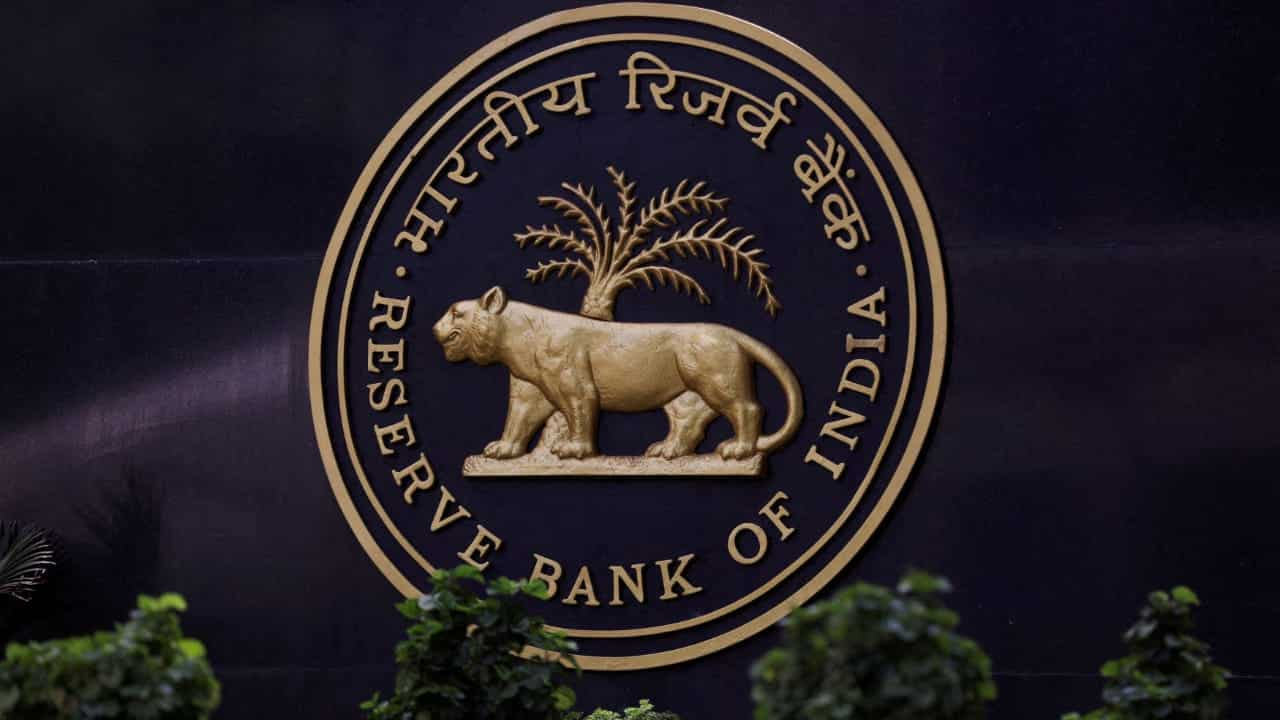The Reserve Bank of India (RBI) announced a sharp 100 basis points (1%) cut in the Cash Reserve Ratio (CRR), lowering it from 4% to 3%, in its second bi-monthly monetary policy review for the fiscal year 2025-26 on June 6, 2025. The decision aims to ease liquidity and boost credit growth. This is the first CRR reduction since December 2024.
The central bank has decided to implement the CRR cut of 100 bps in a staggered manner over the course of the year, divided into four equal tranches. RBI Governor Sanjay Malhotra stated that this reduction will release primary liquidity of approximately ₹2.5 lakh crore into the banking system. This sizable injection is expected to enable banks to expand lending, providing businesses and consumers with increased access to credit.
The CRR represents the portion of a bank’s deposits that must be held with the RBI as reserves. Lowering the CRR means banks can hold fewer reserves and have more funds available to lend, effectively increasing liquidity in the economy.
Historically, the RBI had slashed the CRR from 4% to 3% in March 2020 to mitigate the economic impact of the COVID-19 pandemic. After a period of stability and incremental hikes—reaching 4.5% in May 2022—the RBI reversed course with cuts in December 2024 and now again in June 2025.
The RBI also cut its benchmark interest rate—the repo rate by 50 basis points, marking the third consecutive rate cut after reductions in February and April. The repo rate now stands at 5.5%, down from 6%. Corresponding adjustments were made to the Standard Deposit Facility (SDF) rate and the Marginal Standing Facility (MSF) rate, both lowered by 50 bps.
Anurag Dhole is a seasoned journalist and content writer with a passion for delivering timely, accurate, and engaging stories. With over 8 years of experience in digital media, she covers a wide range of topics—from breaking news and politics to business insights and cultural trends. Jane's writing style blends clarity with depth, aiming to inform and inspire readers in a fast-paced media landscape. When she’s not chasing stories, she’s likely reading investigative features or exploring local cafés for her next writing spot.






